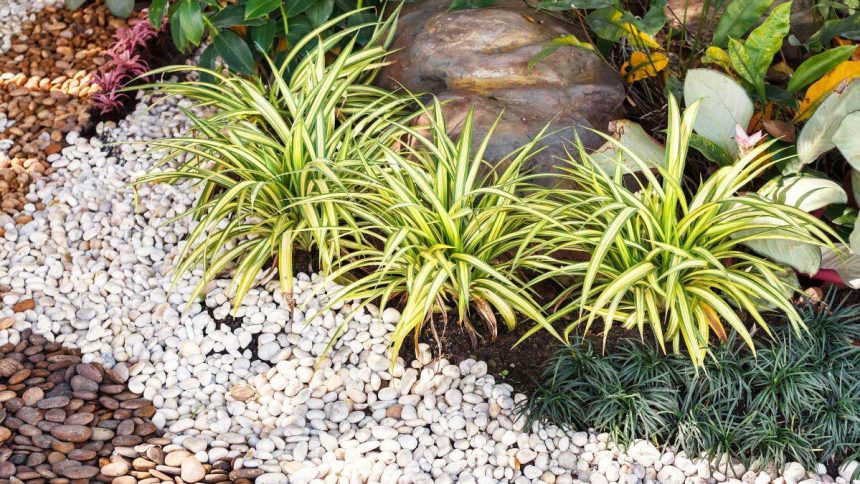Natural landscapes play a crucial role in filtering rainwater and snowmelt, promoting groundwater recharge and water quality. By creating a rain garden in your yard, you can capture and retain moisture for your plants and local aquifer, mimicking the functions of natural landscapes.
In urban areas, impermeable surfaces like pavement and roofs disrupt groundwater recharge, causing stormwater to carry contaminants into waterways. Rain gardens offer a solution by redirecting runoff from roofs and yards into a shallow depression in the yard, benefiting both wildlife and the environment.
Contrary to common misconceptions, rain gardens do not retain standing water. Instead, they allow water to filter down into the ground after pooling for a short period. Designing and creating a rain garden involves observing water flow patterns in your yard, calculating the ideal size and depth, and ensuring proper drainage away from your house foundation.
Design Considerations
Start by understanding how water flows across your landscape and use tools like the Rain Garden Alliance calculator to determine the size and depth of your rain garden. Ensure proper soil composition and drainage to facilitate water infiltration and plant growth.

Creating Your Rain Garden
To construct a rain garden, use an existing depression or create one with proper soil depth for plant growth. Adjust soil composition if needed for optimal drainage to prevent water pooling. Choose water-tolerant native plants for your rain garden, considering sunlight exposure and water retention levels.
Optimizing Water Infiltration
Test soil infiltration by filling a hole with water and ensuring it drains within 24 hours. Proper drainage is essential to prevent standing water and mosquito breeding. Prepare the garden bed by removing grass and planting water-tolerant vegetation, focusing on natives and avoiding invasive species.
Editor’s Note: This post was originally published on Jun 9, 2020, and updated in May 2024.






